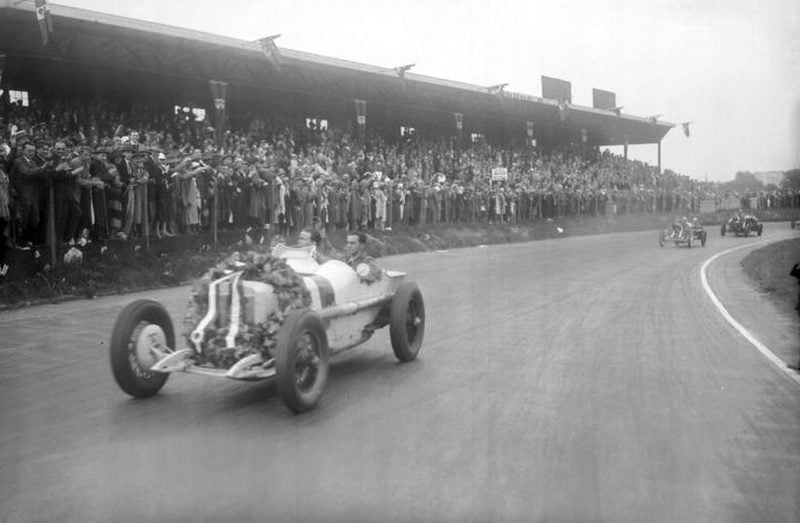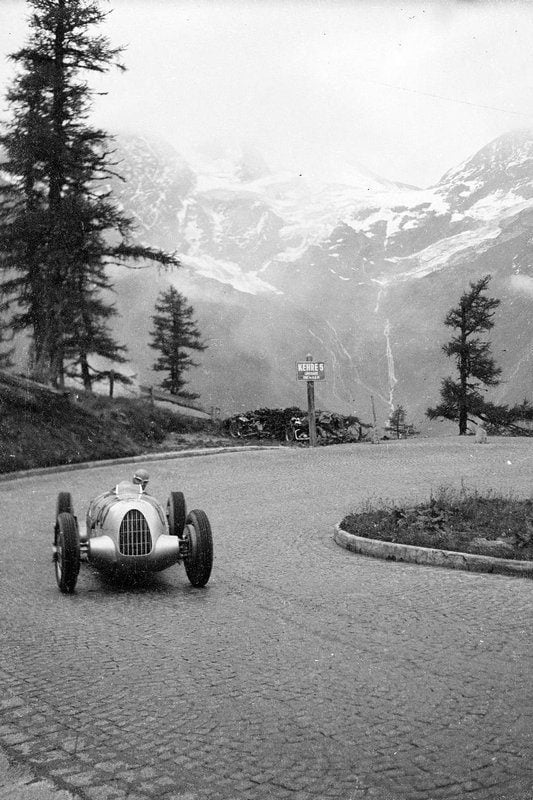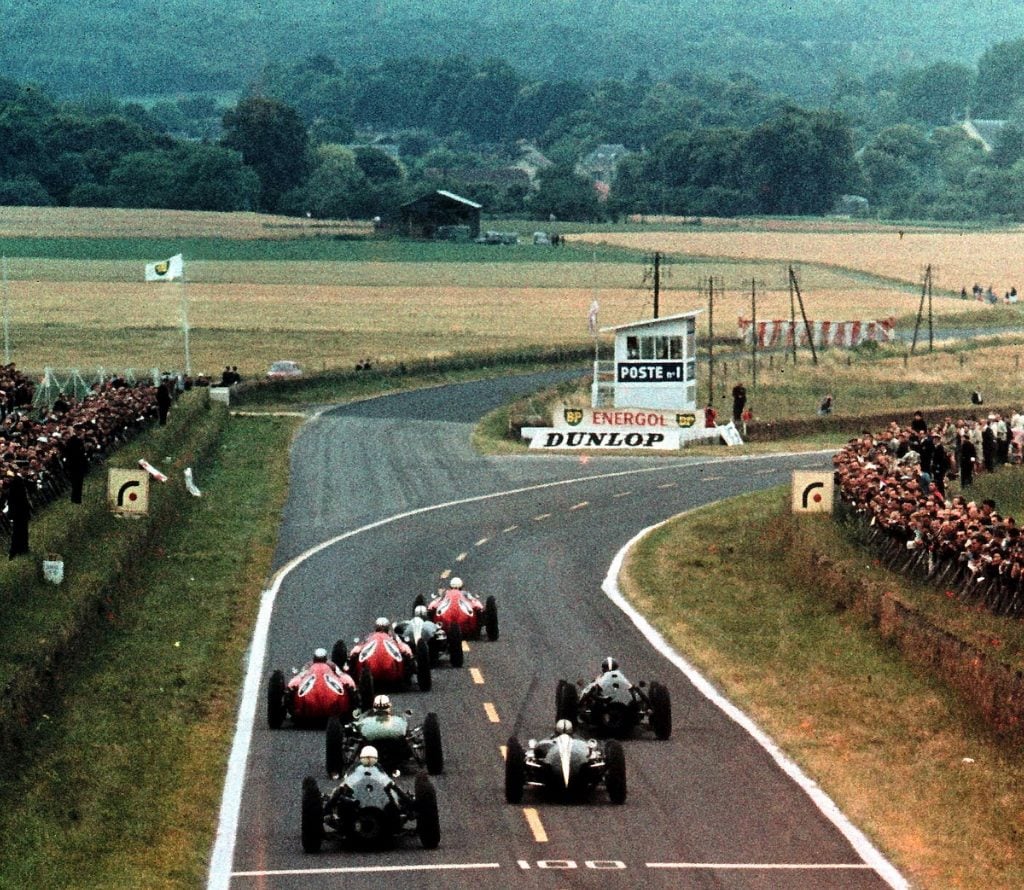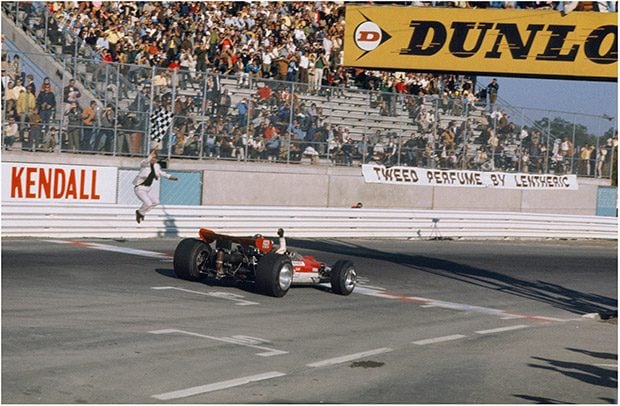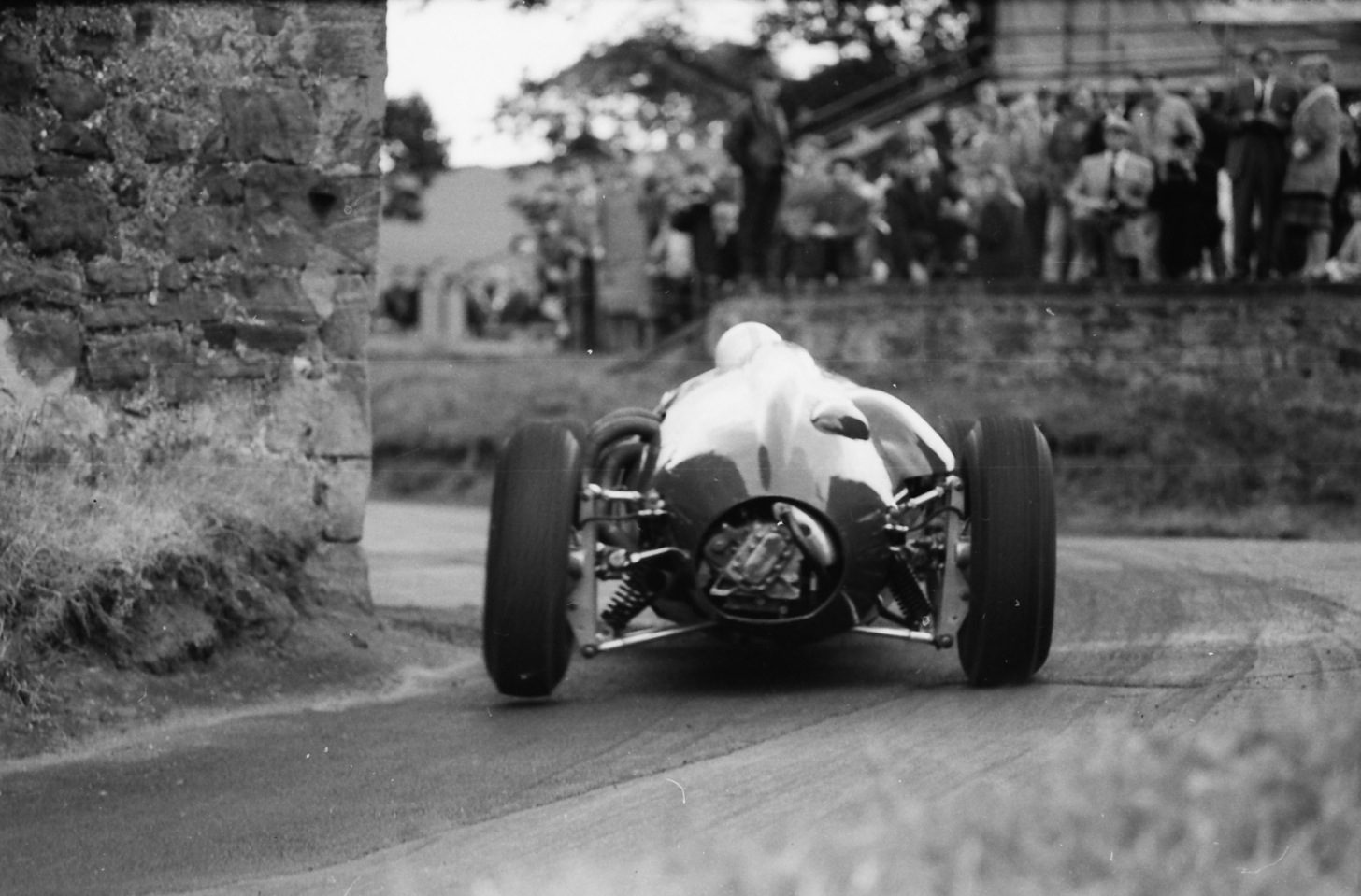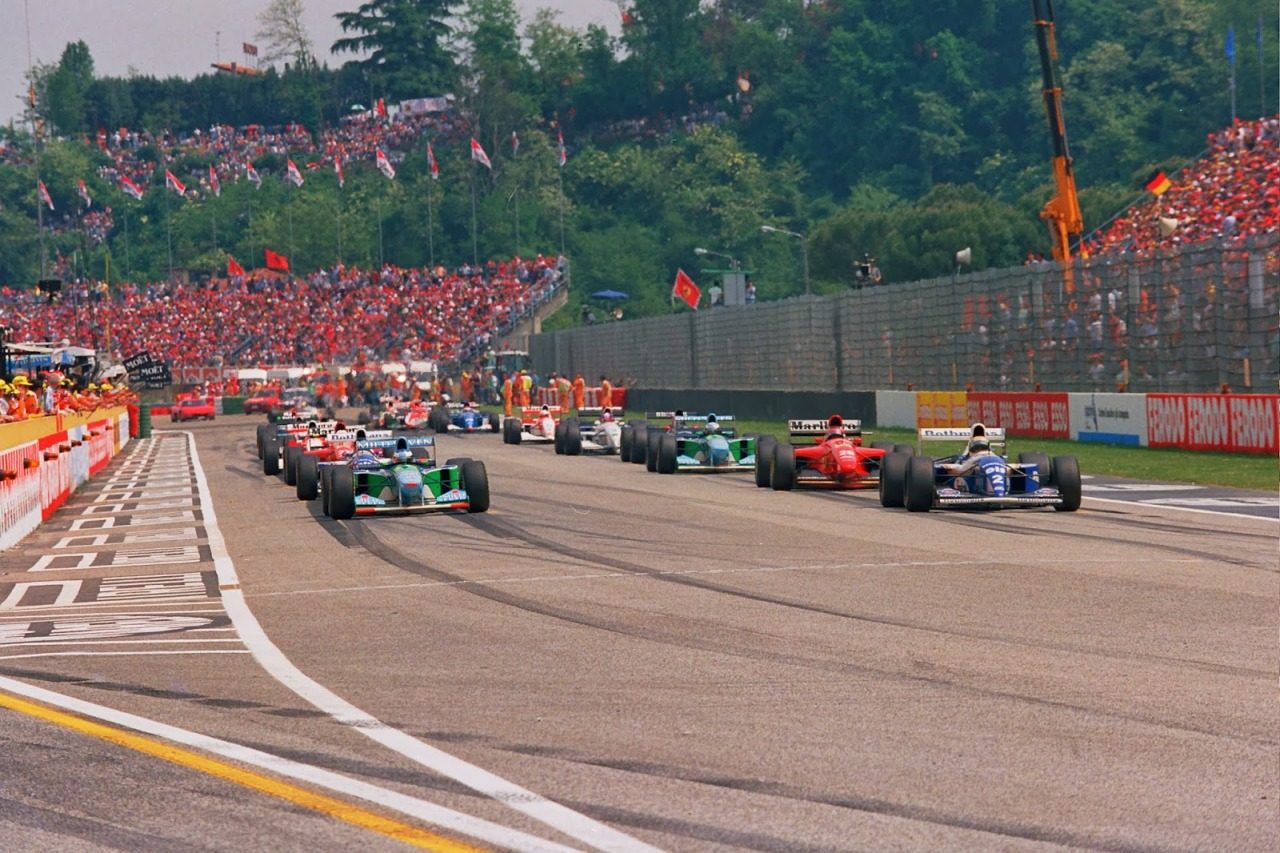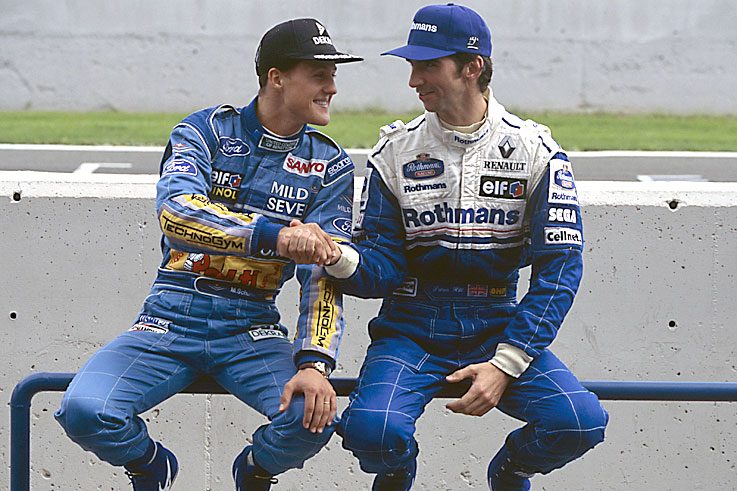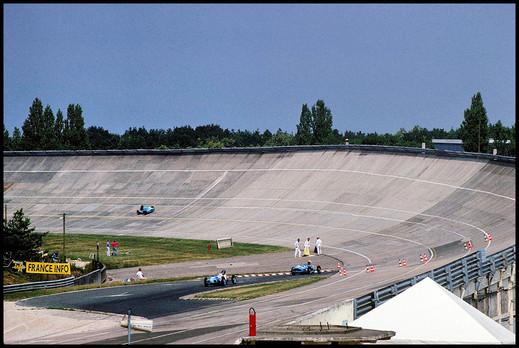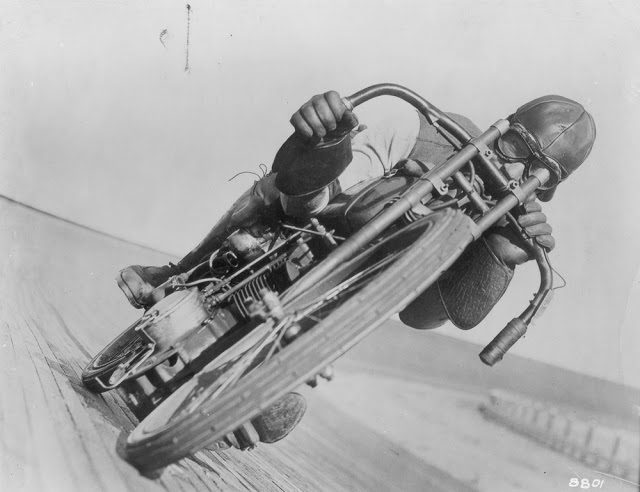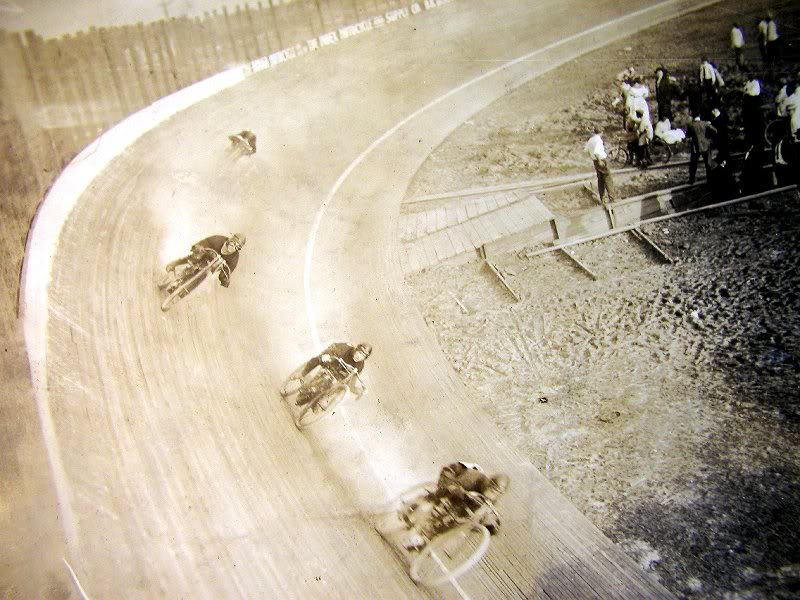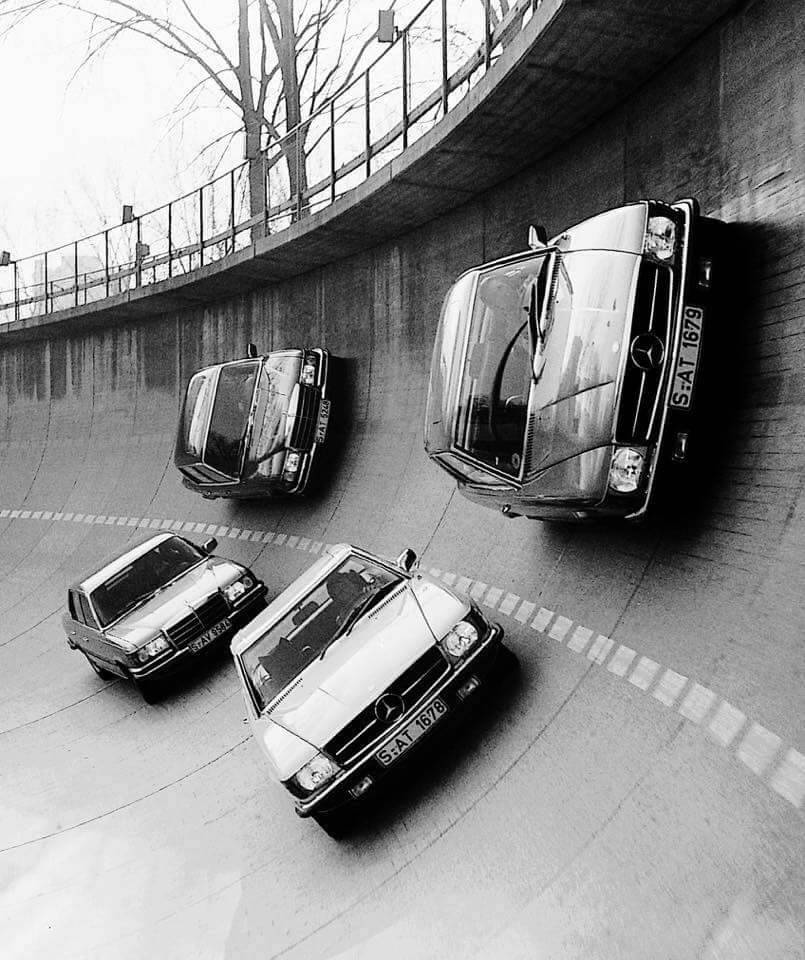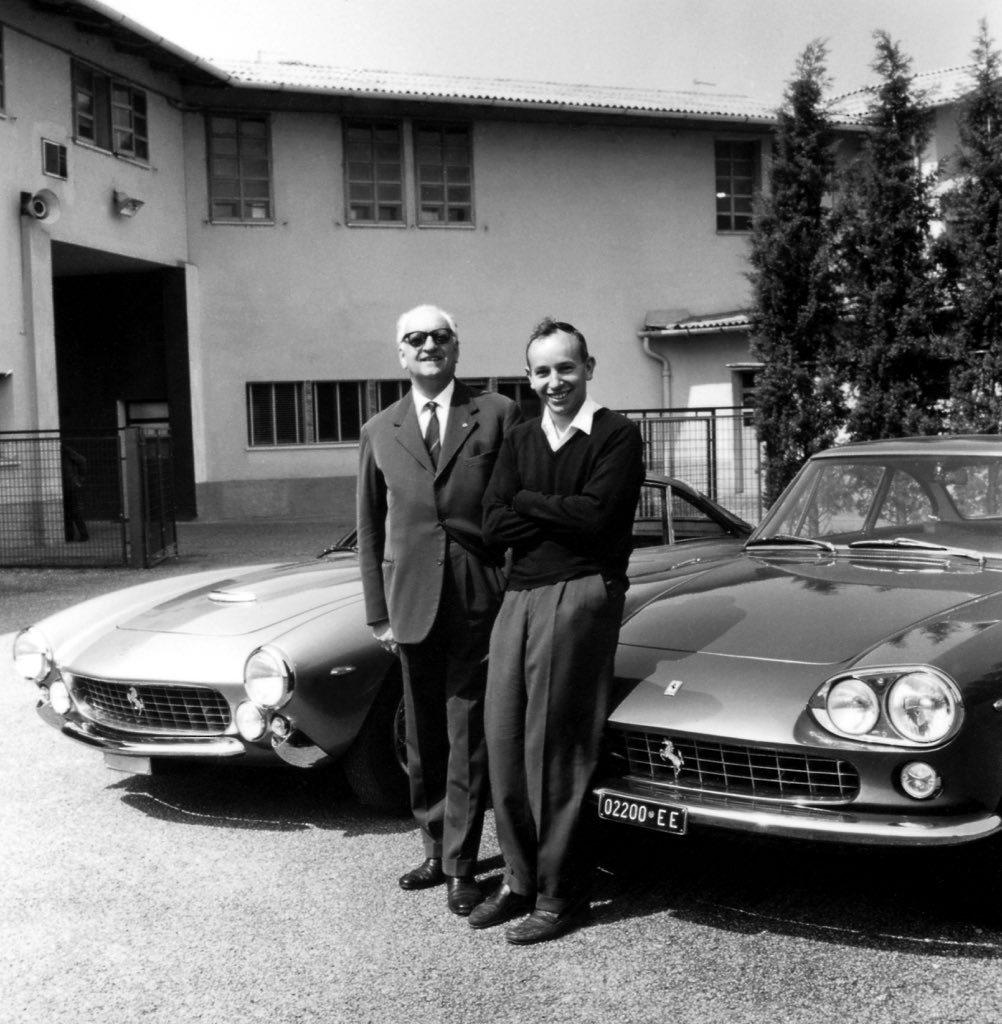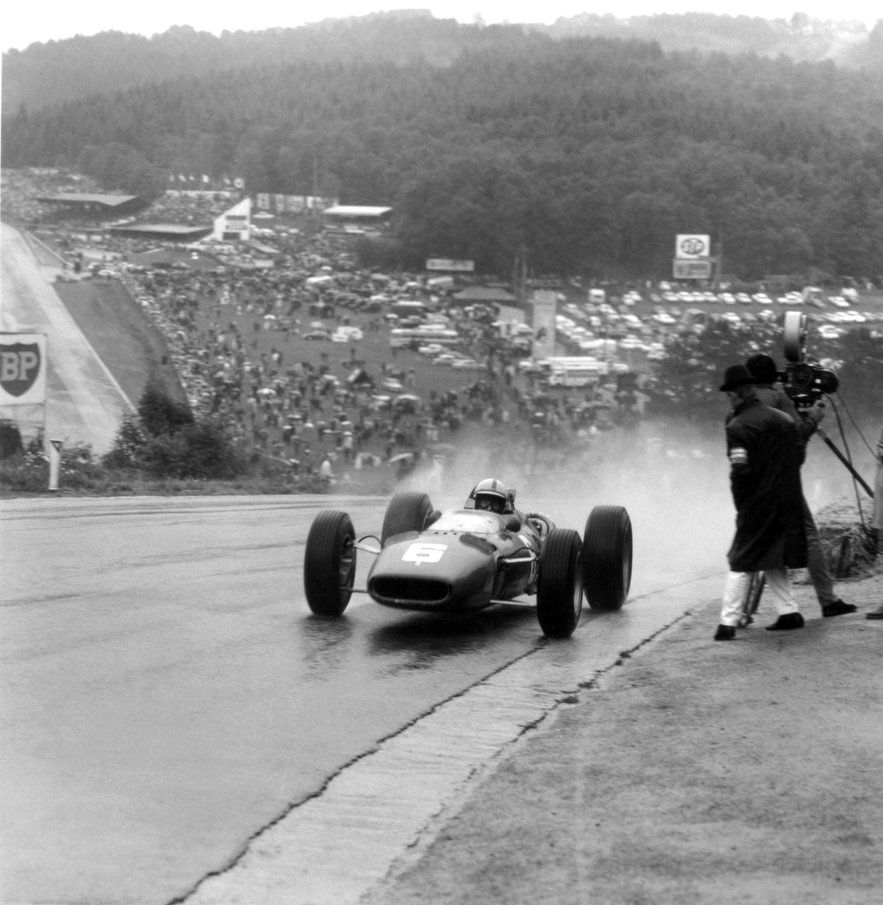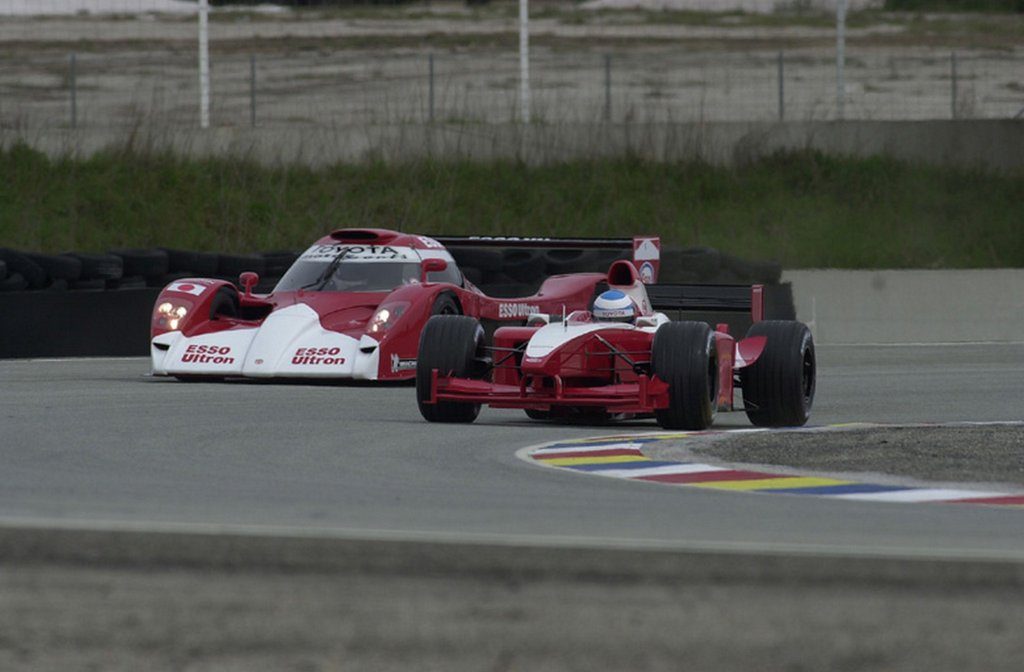- 28,537

- Bratvegas
- GTP_Liquid
Automobil-Verkehrs- und Übungsstraße
(AVUS: "Practice Street" For Motor Vehicles & Traffic)
AVUS was opened in 1921 and was Germany's, arguably Europe's, first limited-access dual carriageway road. You might call that a highway, freeway or motorway depending on your local variety of English. It consisted of literally a 6 mile / 9.6 kilometre stretch of road with two turns at either end for a total track length of 12 miles / 19.2 kilometres.
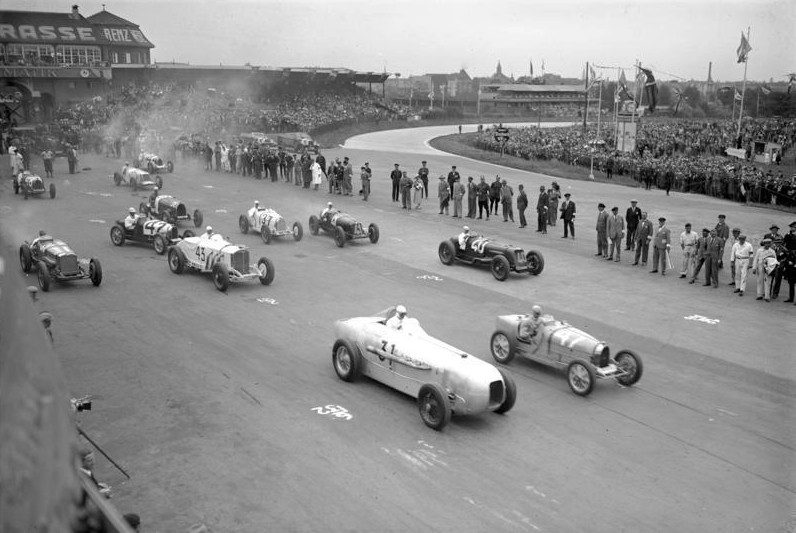
The banking was added at the Nordkehre (North Hairpin) in 1937. At 43° it was the steepest banking ever seen on a racetrack, greater than Daytona (31°) and Indianapolis (11°).
There was no barrier of any kind preventing drivers from flying off the circuit to a horrible crash.
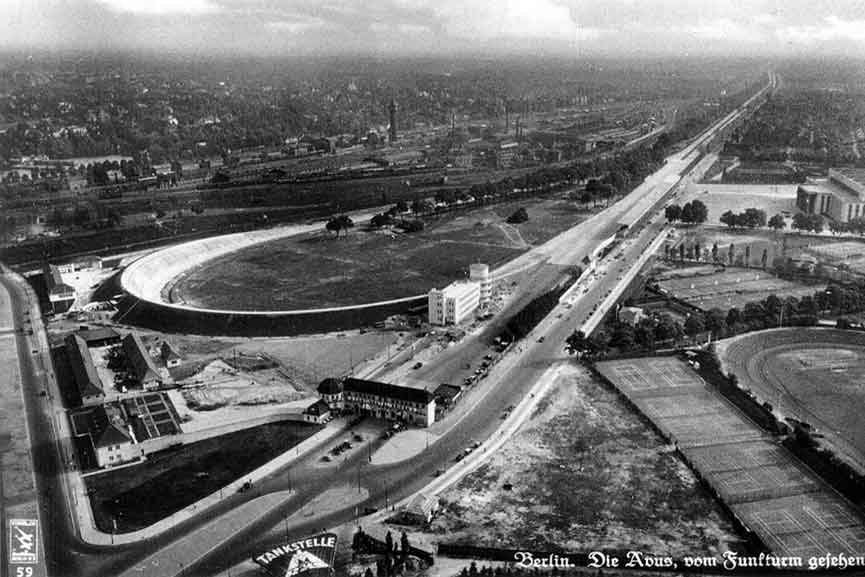
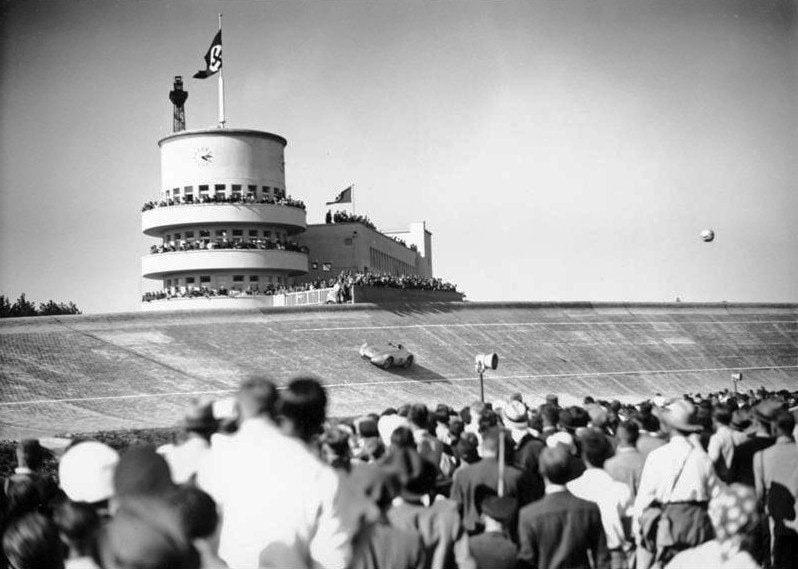
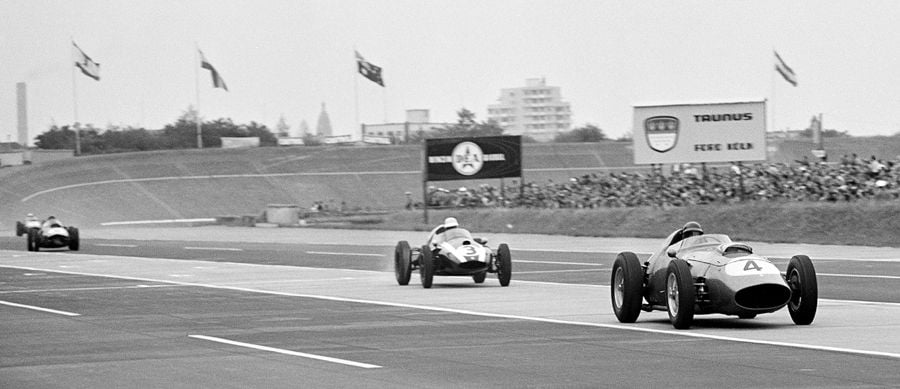
Obviously dangerous, many deaths occurred at the Nordkehre and the banking prohibited F1 from visiting AVUS more than just the once in 1959. It was dismantled in 1968, returning the track to its original, but not its most famous, configuration.
The track was reduced in length by half in the 1980s, then again in the 1990s before it was closed for racing in 1998. Today it remains part of the Autobahn A115, connecting the Berlin inner circular with the Berlin outer circular. The old Mercedes-Benz tower at the Nordkehre is a protected monument but the Südkehre has long been lifted and forgotten.
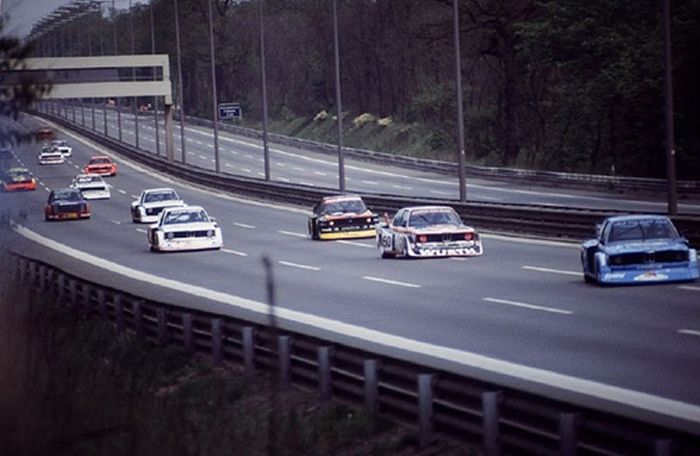
(AVUS: "Practice Street" For Motor Vehicles & Traffic)
AVUS was opened in 1921 and was Germany's, arguably Europe's, first limited-access dual carriageway road. You might call that a highway, freeway or motorway depending on your local variety of English. It consisted of literally a 6 mile / 9.6 kilometre stretch of road with two turns at either end for a total track length of 12 miles / 19.2 kilometres.

The banking was added at the Nordkehre (North Hairpin) in 1937. At 43° it was the steepest banking ever seen on a racetrack, greater than Daytona (31°) and Indianapolis (11°).
There was no barrier of any kind preventing drivers from flying off the circuit to a horrible crash.



Obviously dangerous, many deaths occurred at the Nordkehre and the banking prohibited F1 from visiting AVUS more than just the once in 1959. It was dismantled in 1968, returning the track to its original, but not its most famous, configuration.
The track was reduced in length by half in the 1980s, then again in the 1990s before it was closed for racing in 1998. Today it remains part of the Autobahn A115, connecting the Berlin inner circular with the Berlin outer circular. The old Mercedes-Benz tower at the Nordkehre is a protected monument but the Südkehre has long been lifted and forgotten.


